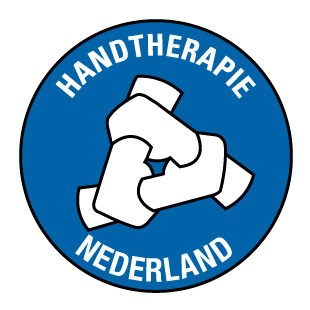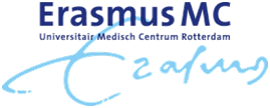Closing the Loop: real-time, personalized feedback for healthcare improvement across the value chain
Recently, we have developed and fully implemented a unique outcome measurement system for hand and wrist care, named Pulse. In close collaboration between Xpert Clinics, Handtherapie Nederland and the ErasmusMC we are now able to deliver specialist hand and wrist care from primary till tertiary care in more than 12 hand-clinics across the Netherlands. One of the key strengths of this system is that we record health status, using both patient and therapist reported outcomes, pre-intervention and at several times post intervention in all our patients. Healthcare professionals have access to outcome data through a direct link within the electronic health record, while patients have access to their outcomes through their own personal web page. In order to maximize the value of having this outcome data available, we have developed several forms of real-time feedback that help to continuously improve the quality of care.
Firstly, we developed an extreme value detection system. By automatic, real-time identification of extreme answers to specific questions in our PROMS questionnaires, we are able to directly contact patients when we are of added value to them. Using this system we continuously monitor pain and satisfaction in over 100 different treatments up to one year after treatment.
Secondly, we developed new functionality to show norm data relative to the outcomes of an individual patient. For each treatment we selected specific outcome parameters, pre-dominantly patient-reported outcomes, and visualized these values over time. By showing these outcomes, relative to the outcomes of patients treated earlier, both patients and medical professionals gain direct insight on what the expected outcomes are before treatment and how an individual patient is recovering after treatment. Thirdly, we developed an outcome dashboard in which norm data can be compared for specific treatments, surgeons and clinics. The dashboard can be used to support shared decision making by showing patients the expected outcomes of both conservative as surgical treatment options. Since surgeons can use the dashboard to compare their own performance to that of their colleagues learning opportunities are created and exchange of knowledge between surgeons is stimulated.
Hand and wrist complaints are an important factor for high economic costs due to work disability. With the tailored feedback on outcomes we expect to reduce economic costs by ensuring the appropriate care is delivered at the right level (stepped care). The careful assessment using outcomes improves the chances of delivering the right treatment the first time, reducing the amount of preventable morbidity and recurrence. Also, by being better able to manage patient expectations, unnecessary second opinions and their associated costs can be averted.
In conclusion, this initiative is a unique next step in developing the concept of value based healthcare by (1) empowering patients by providing them with full transparency on treatment outcomes during the full cycle of care, (2) empowering medical professionals by providing them with data on their performance relative to their colleagues, facilitating continuous learning and (3) proving the most (cost-)effective care across the whole healthcare chain.



